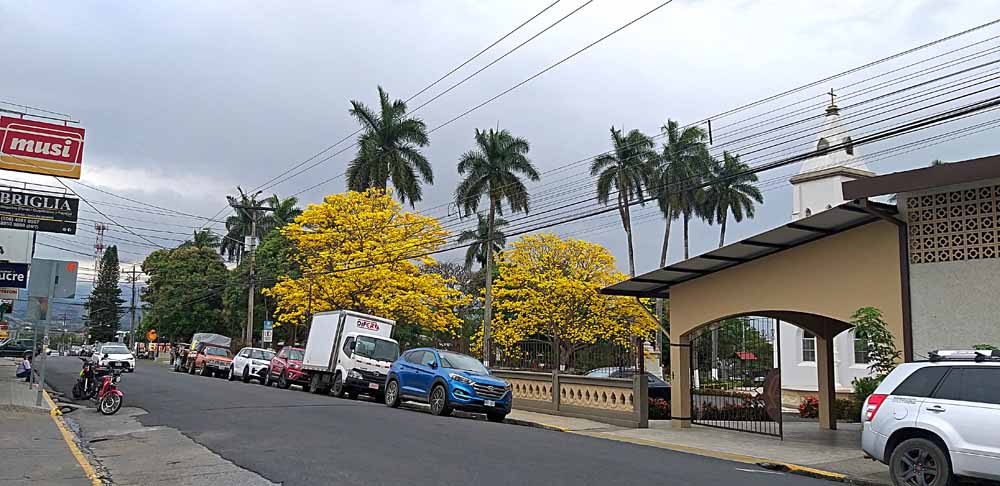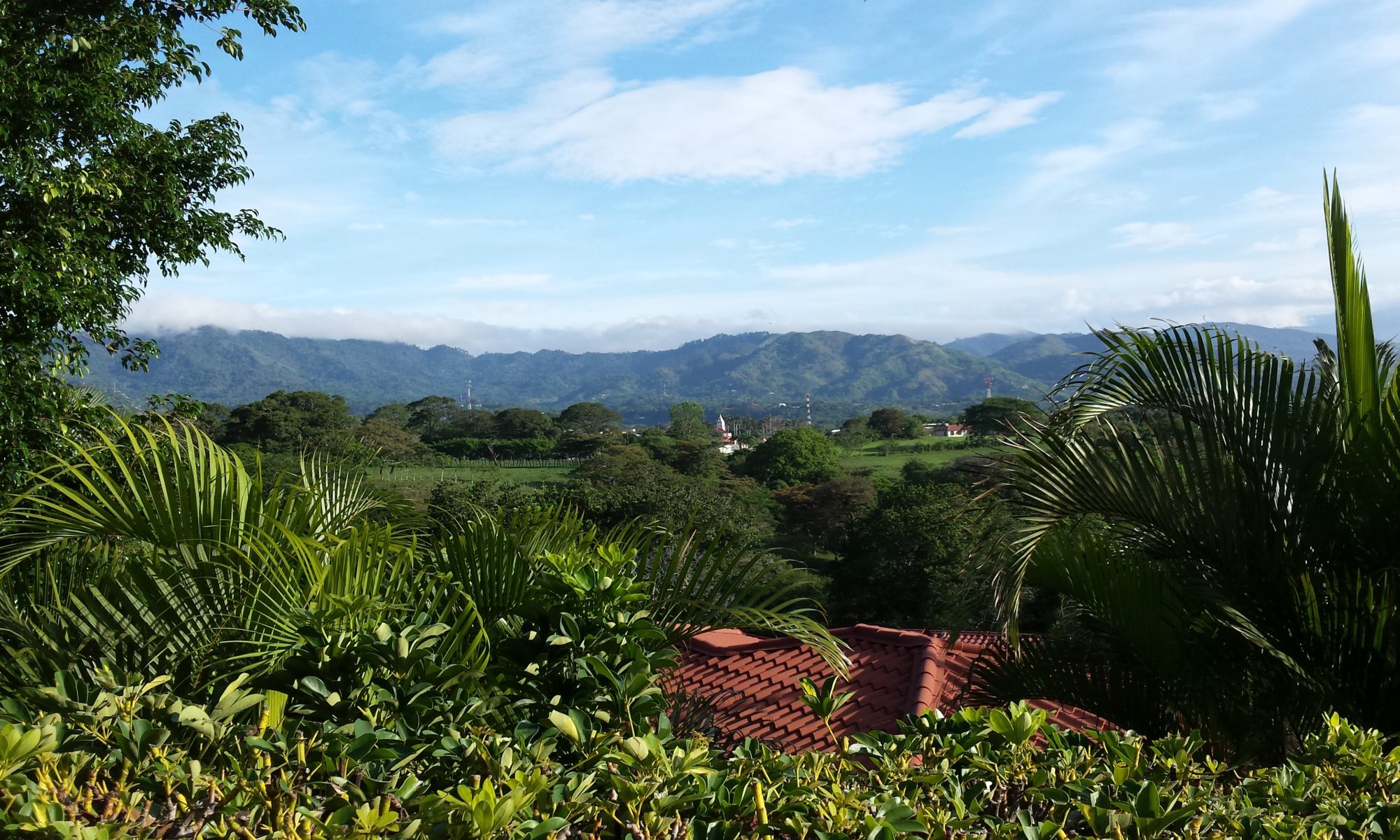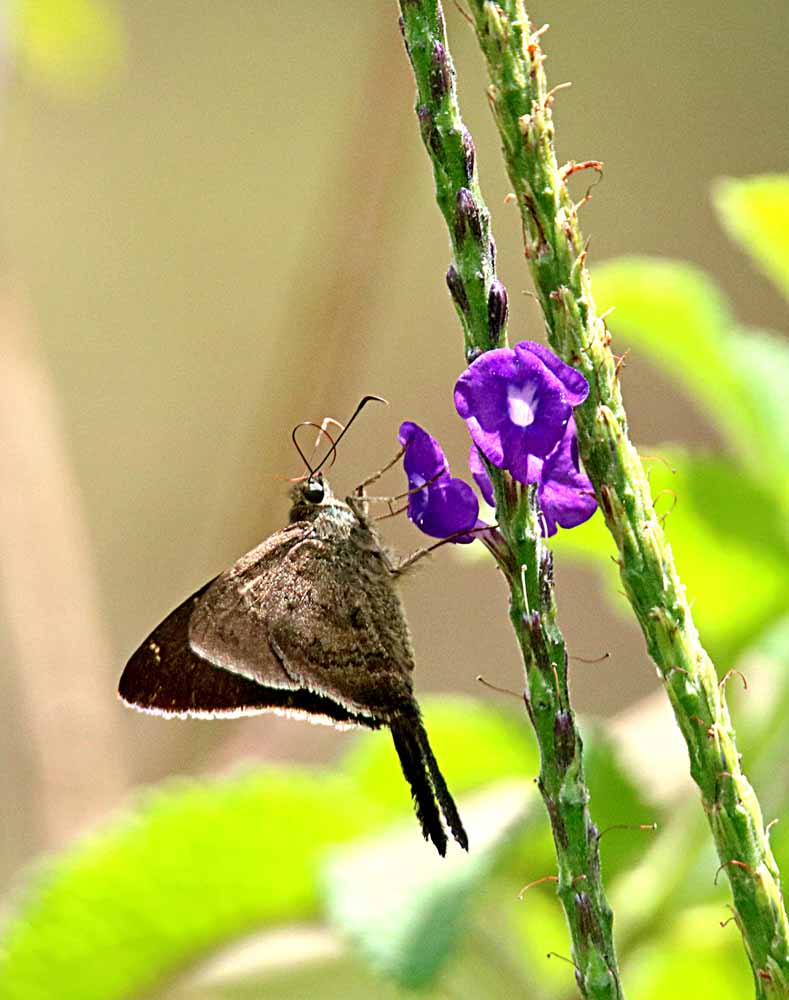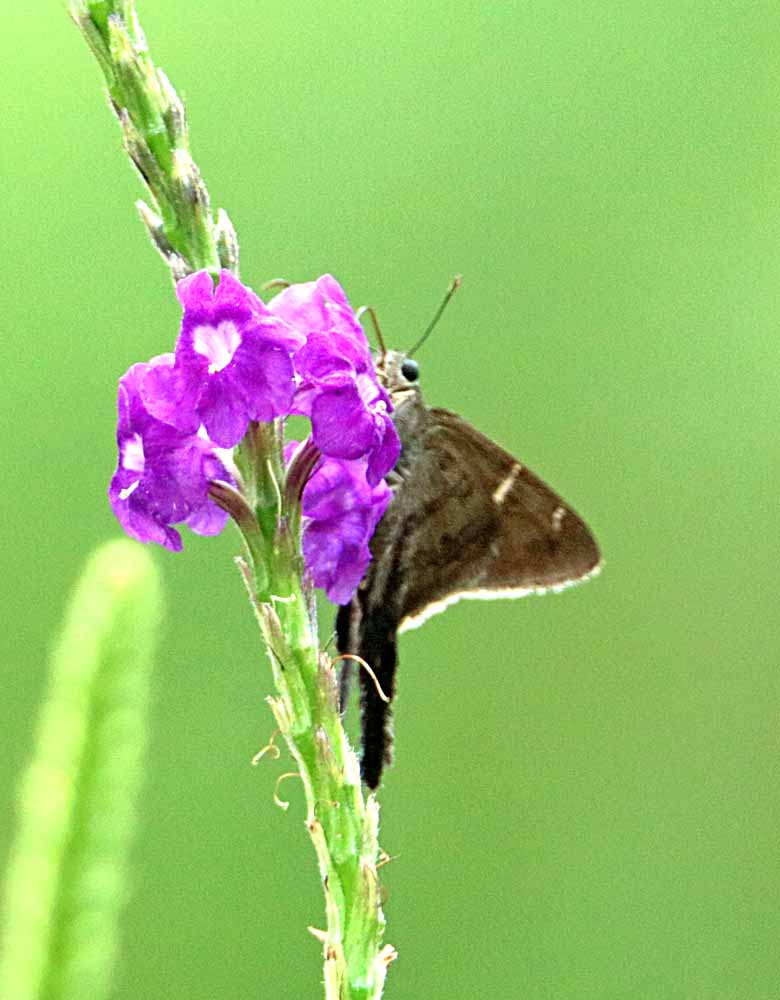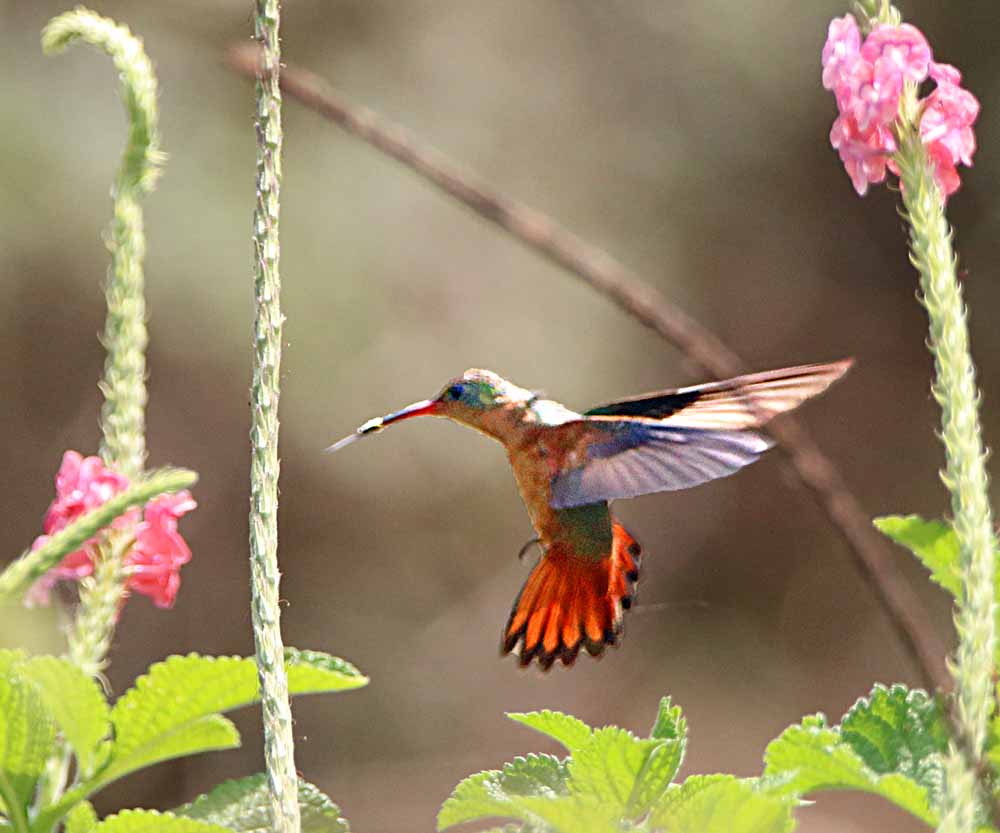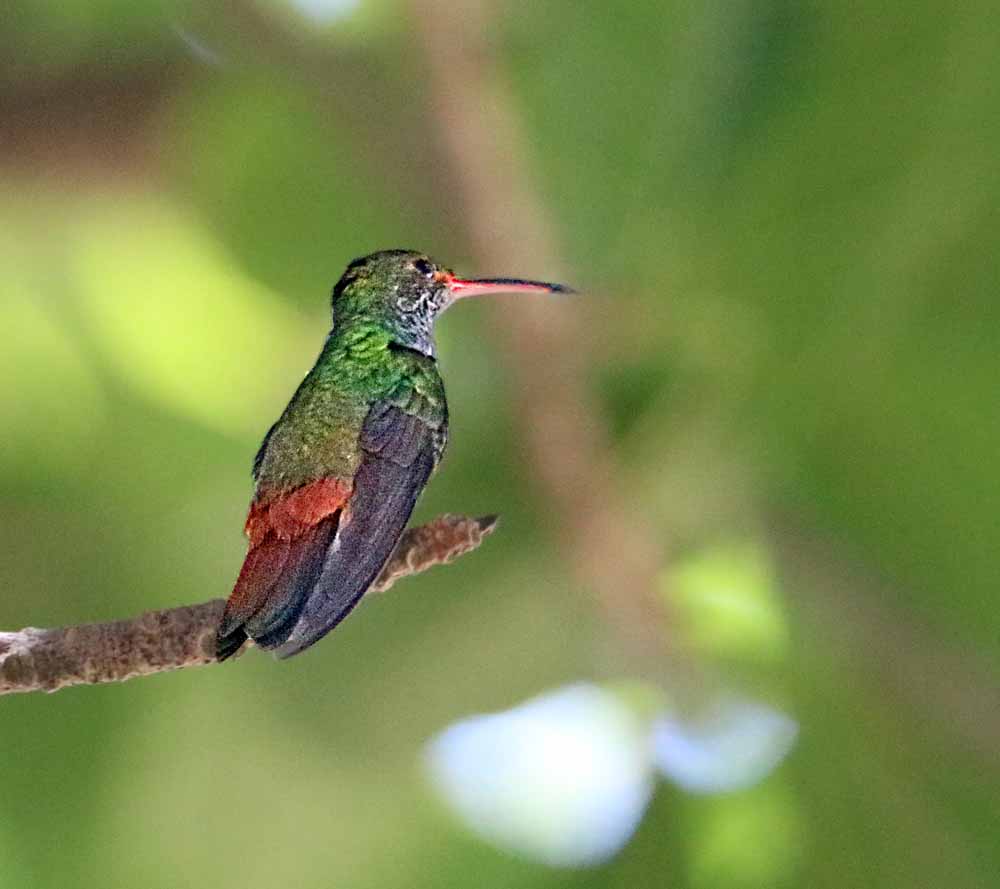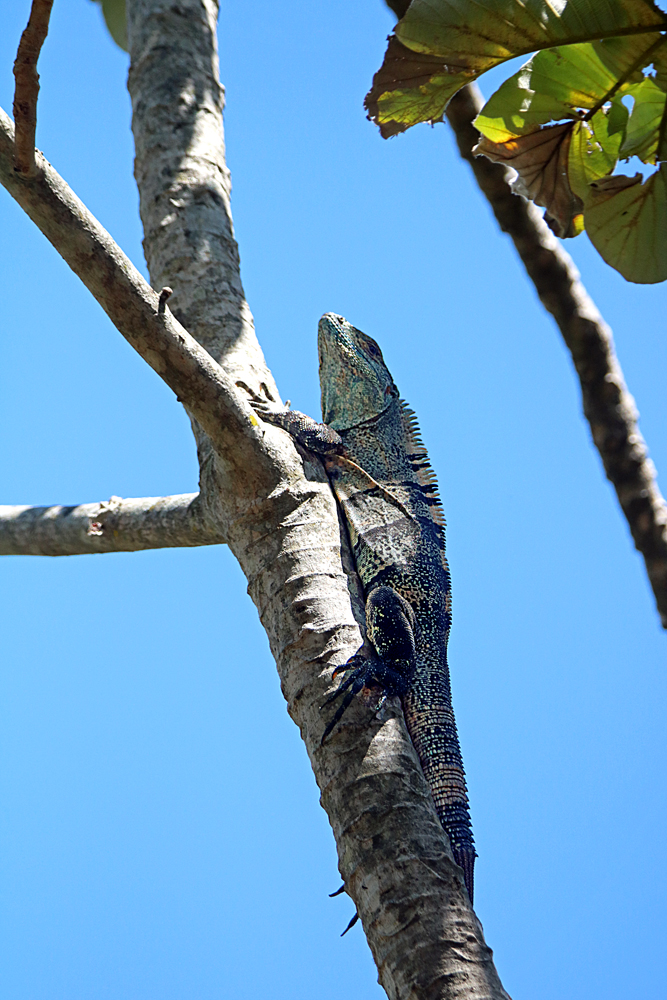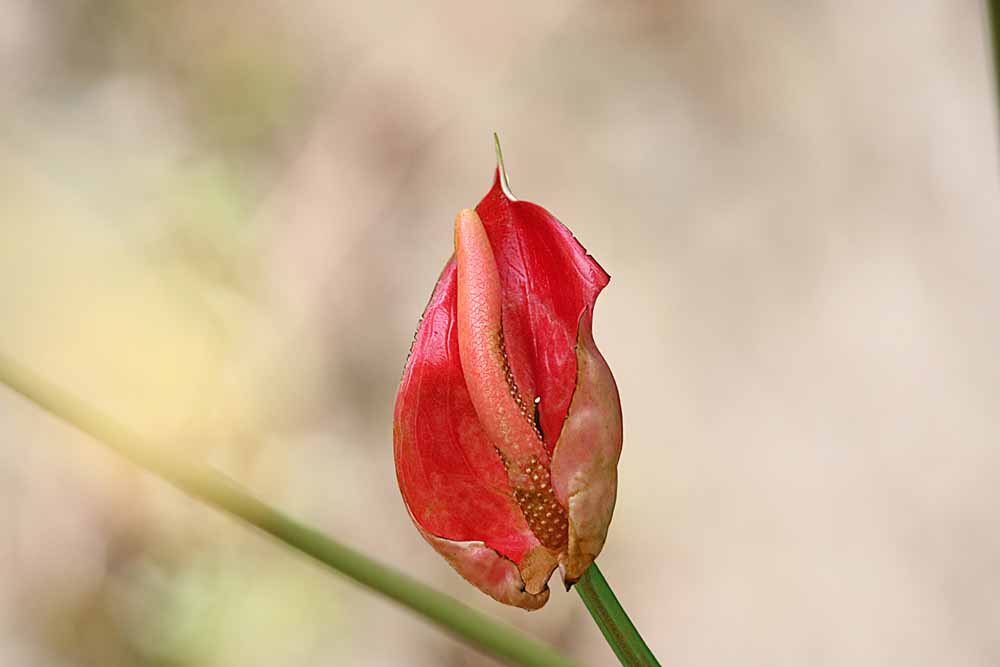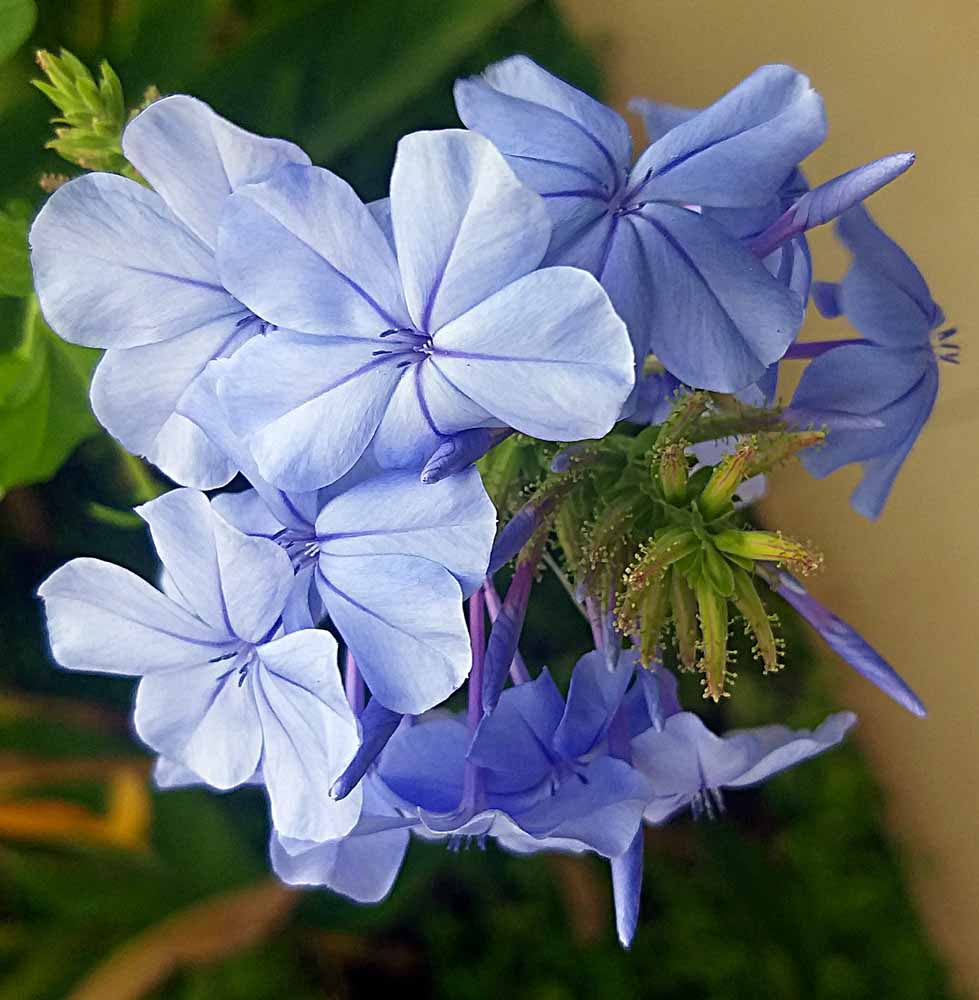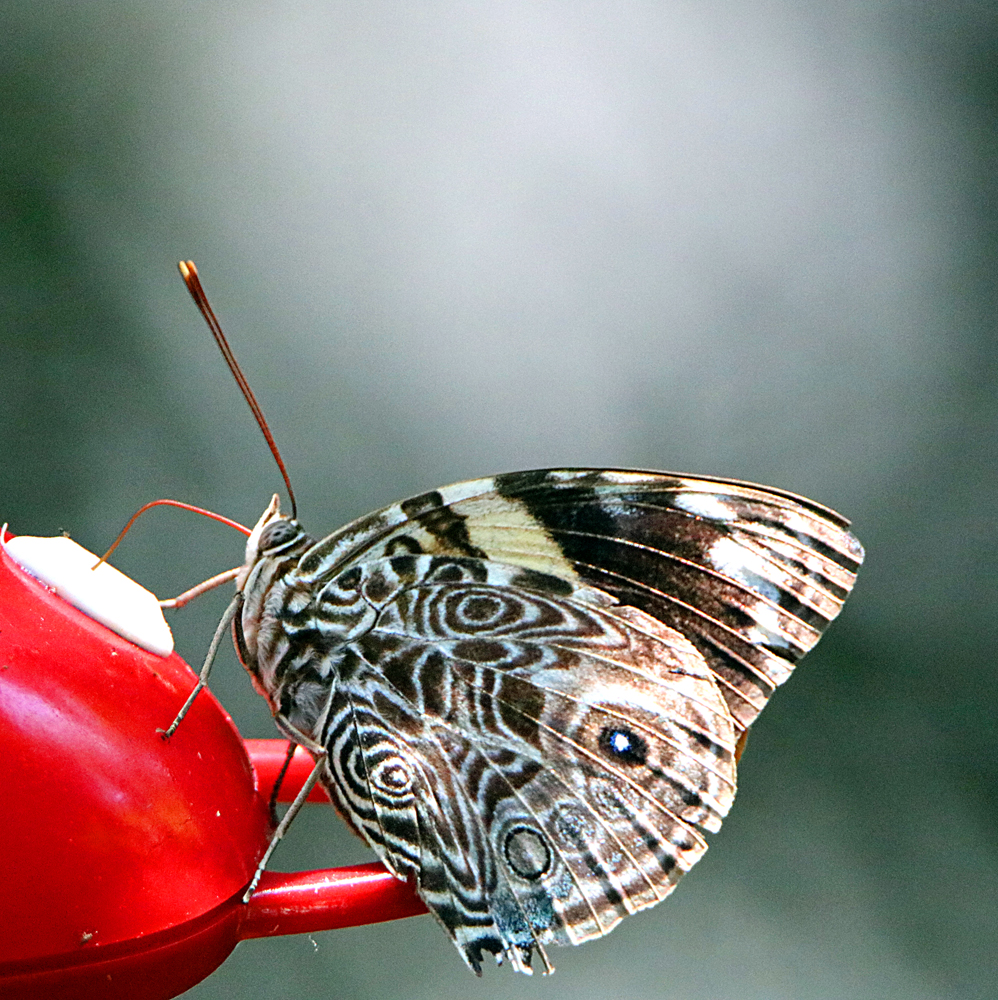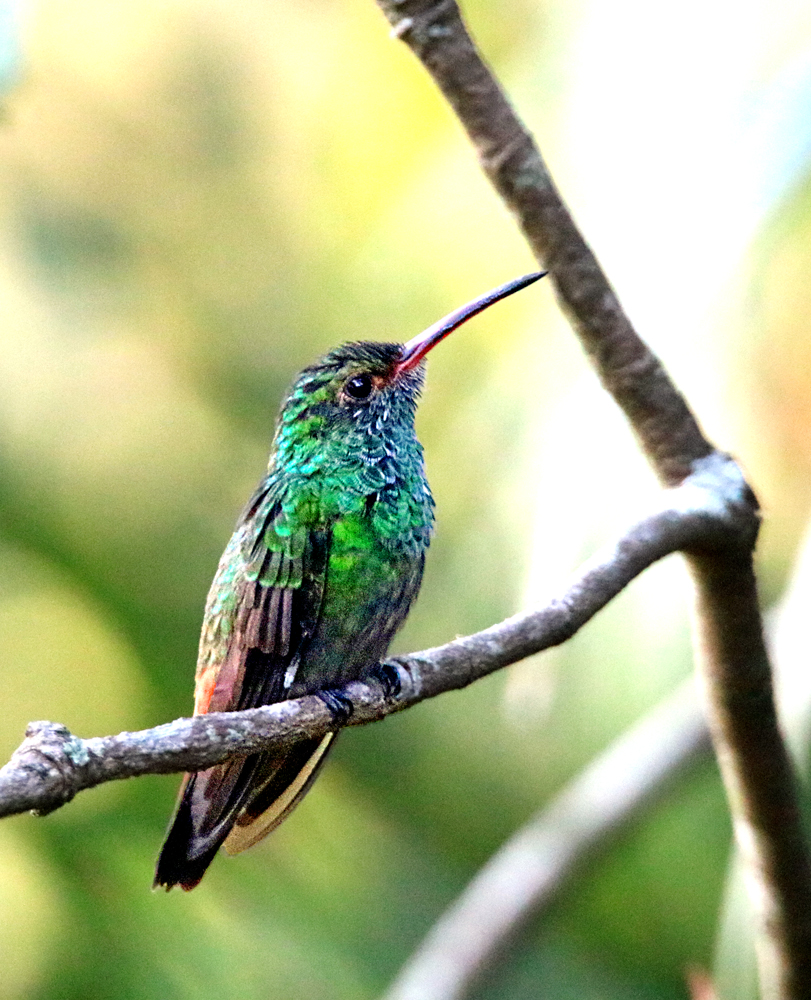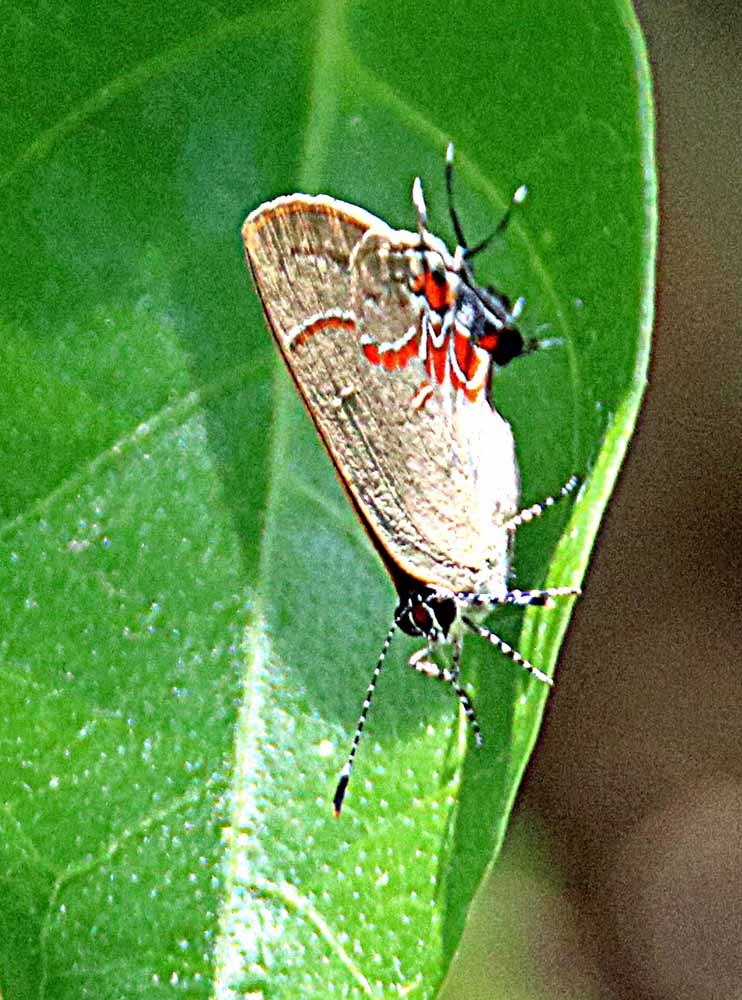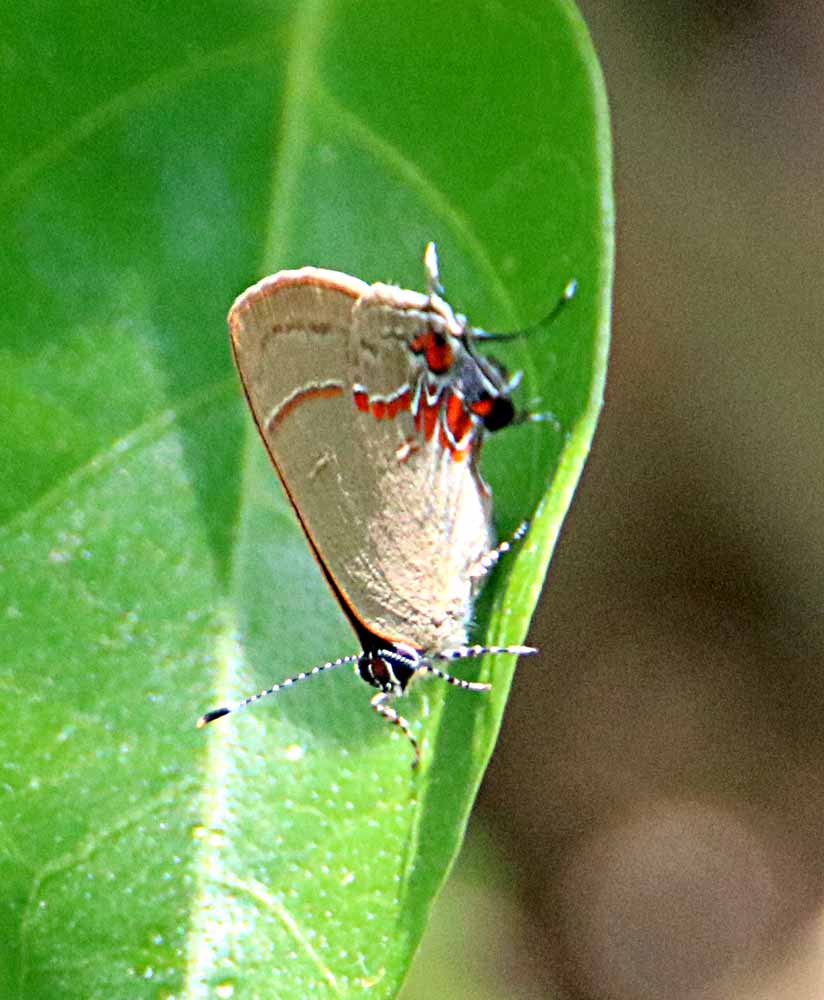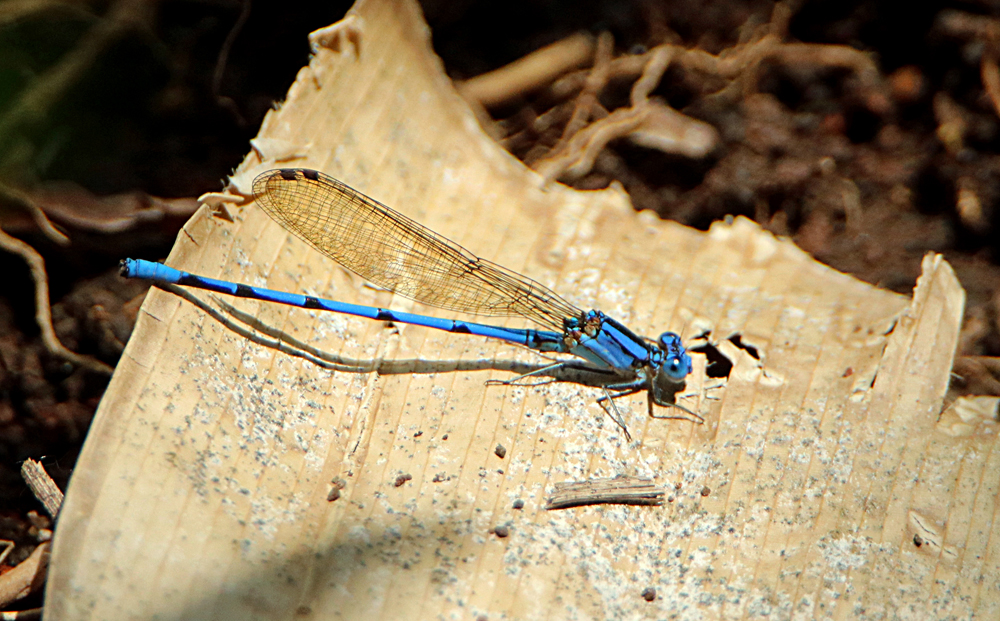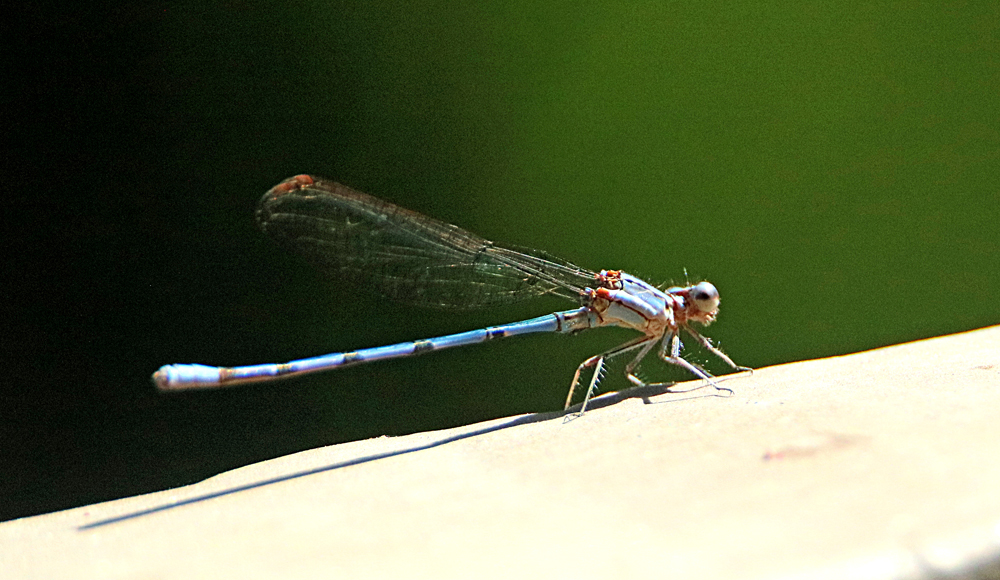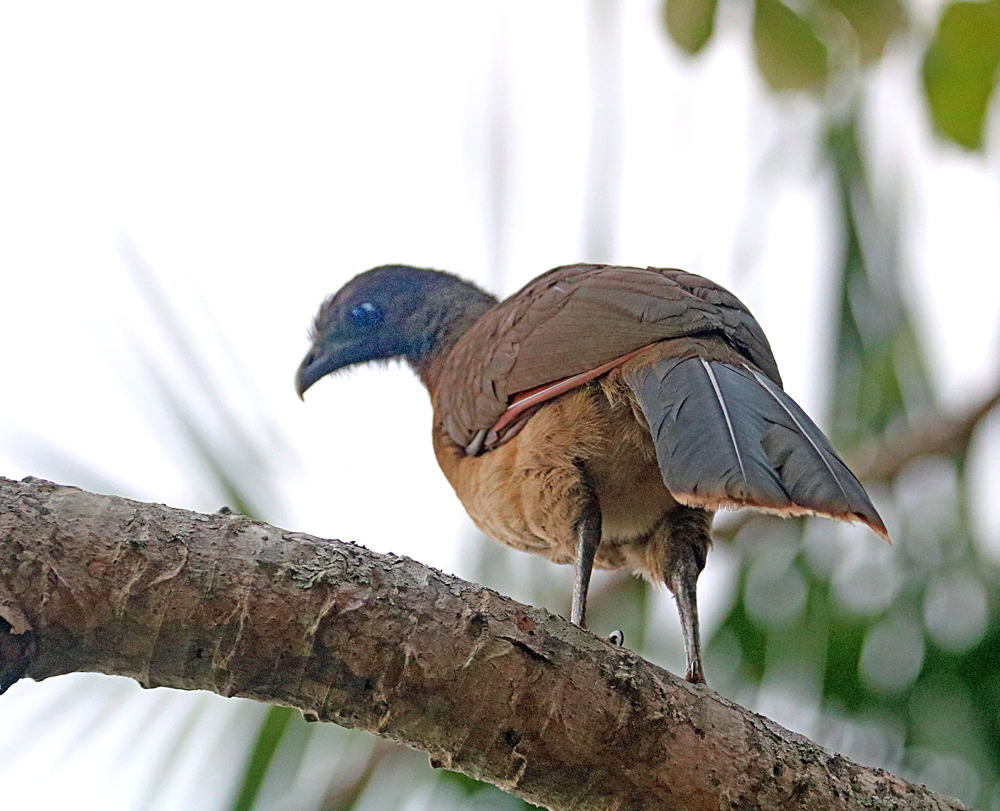Corteza Amarilla, Yellow Cortez Tree, Tabebuia ochracea, (Wikipedia link) is visible almost everywhere in Costa Rica this time of year, but only for a very few days or weeks, then the bright yellow, flowers-only trees become another beautiful green tree, blending in with the landscape they now contrast with. This week I’ve snapped a few shots of some around Atenas and you can see more of my past photos of them in the gallery labeled simply Yellow Trees! (which also includes Yellow-Bell Trees) 🙂 Below this one photo for the email version of this post are two galleries, one for my neighborhood and one for the central church at Central Park Atenas.
